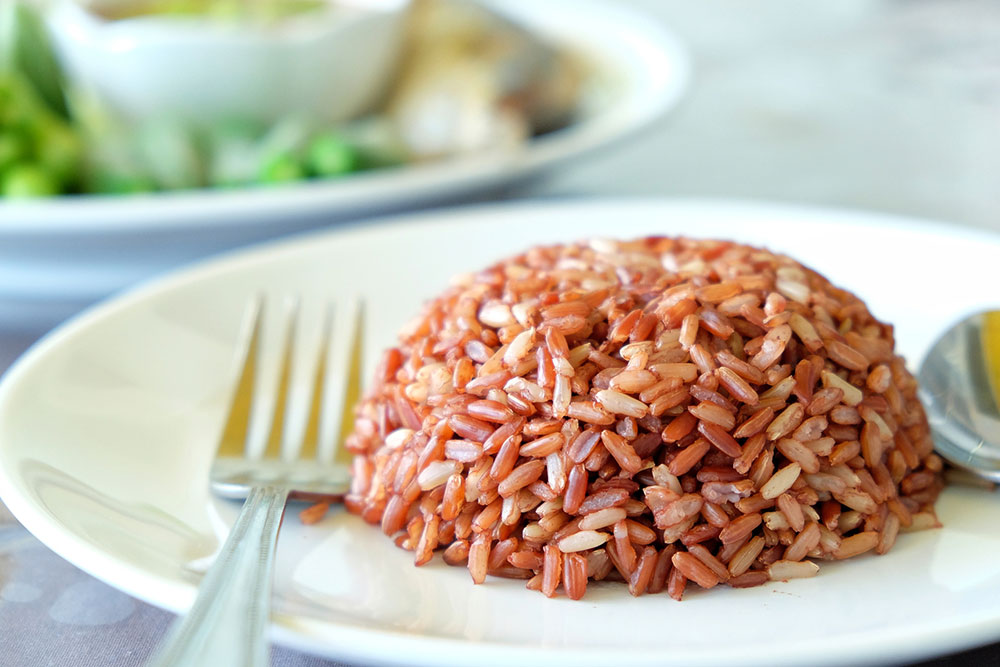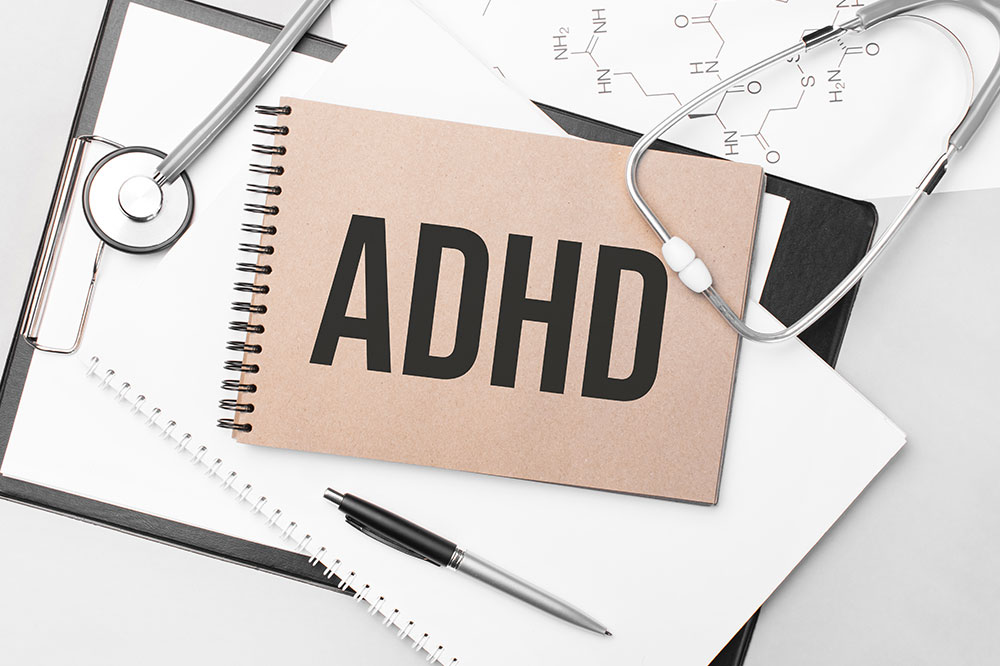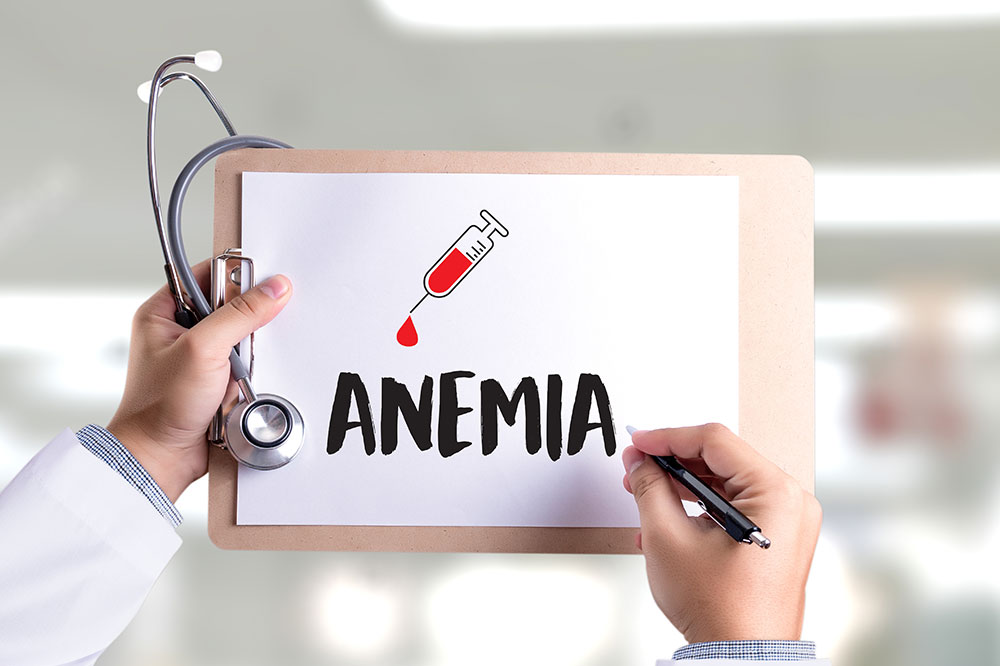8 foods to eat and avoid for heartburn

People with gastroesophageal reflux disease (GERD) suffer heartburn frequently. It happens because GERD causes the stomach contents to travel upward into the esophagus. Nutrition plays a vital role in managing heartburn. Certain foods inhibit the symptoms of this condition, while others aggravate them with time. We have listed the foods to eat and avoid with heartburn below. However, patients should speak to a healthcare professional before changing their nutritional regimen.
Foods to eat
The foods listed below can reduce the severity of heartburn or, in some cases, help prevent it:
Brown rice
Whole grains provide the body with vitamin B, iron, folate, fiber, potassium, magnesium, and selenium. These nutrients help reduce inflammation and facilitate the reduction of GERD symptoms. Brown rice is one of the most popular choices among whole grains.
Ginger
Ginger’s anti-inflammatory properties and healthy compounds make it an incredible food to fight conditions like GERD. Being alkaline, it can reduce the acidic pH that raises the possibility of heartburn. Ginger also has properties that make it suitable for dealing with conditions like nasal congestion and the common cold.
Sweet potatoes
Fruits and vegetables are incredibly vital in managing heartburn. Sweet potatoes, for instance, dramatically reduce stomach acids, helping reduce the frequency of the symptoms. Healthcare professionals also advise patients to eat carrots, asparagus, beets, broccoli, and green beans. These veggies provide the same benefits as sweet potatoes; they help maintain a healthy acid balance and reduce heartburn severity.
Watermelon
Water-heavy fruits like watermelon help dilute the acidic content in the stomach, weakening the severity of GERD and heartburn. Besides watermelon, foods like celery, cucumber, herbal tea, lettuce, and broth-based soups can help treat the condition better.
Patients looking for something beyond these four foods can consider bananas, chicken breast, fennel, melons, and sweet peppers.
Foods to avoid
The foods listed below can worsen heartburn and other GERD symptoms and should hence be avoided:
Coffee
Coffee is generally considered harmful when diagnosed with GERD. The caffeine in the beverage relaxes the esophageal sphincter and worsens acid reflux. It is also known to increase the acidic content in one’s gut.
Peppermint
Like coffee, peppermint relaxes the sphincter between the stomach and esophagus. This causes the acidic content and food settled in the stomach to climb into the food pipe. Due to this reason, eating peppermint to freshen the breath is a bad idea when dealing with heartburn.
Carbonated drinks
Carbonated drinks are heavily processed and contain large proportions of compounds that can worsen inflammation. If someone already has GERD, drinking carbonated beverages can increase the acidic content in the gut. It can also increase one’s chances of suffering severe heartburn and food pathway reversals more frequently.
Jalapenos
Spicy foods like jalapenos tend to worsen acidity and GERD. They can also aggravate inflammation. Therefore, those suffering from heartburn must actively avoid anything spicy.
Besides the foods mentioned above, patients should stay away from fried and salty foods like French fries as they can worsen the symptoms and lead to other health issues.






